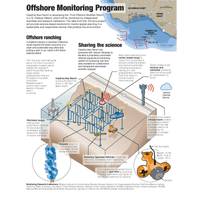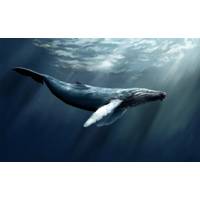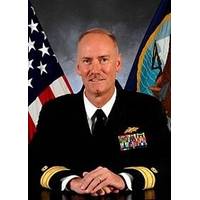
View from the Top: Greg Murphy
; Greg Murphy - Executive Director, The Maritime Alliance & TMA Foundation Greg Murphy started as Executive Director of The Maritime Alliance in November 2015 after serving six years as Policy Advisor for San Diego County Supervisor Greg Cox, advising him in his roles on the California Coastal Commission and the National Ocean Council Governance Coordinating Committee. While working for the Supervisor, Greg served on the board of The Maritime Alliance Foundation for two years. Prior to his work in public policy, Greg was a program manager in the UC San Diego Alumni Association where he

Greg Cox on San Diego's Blue Tech Cluster
An in-depth conversation with Greg Cox, a member of the San Diego County Board of Supervisors and California Coastal Commission and a key proponent of the San Diego Blue Tech Cluster. Greg Cox has been a member of the San Diego County Board of Supervisors since 1995, where he oversees a regional government with a $5.08 billion budget and 17,000 employees. He represents the First District, which extends along the Pacific Ocean and the popular beaches along Coronado to the coastal community of Point Loma. At the heart of the district lies San Diego Bay, a 23-square mile resource for commerce

MTR 100: Catalina Sea Ranch
Philip Cruver No. Of Employees: 6 Catalina Sea Ranch, LLC, headquartered at Terminal Island in the Port of Los Angeles, California, has secured the first permit for offshore aquaculture in U.S. Federal waters from the U.S. Army Corps of Engineers, which was unanimously approved by the California Coastal Commission. This 100-acre project will produce 2.5 million pounds of sustainable shellfish grown 30 ft. under the water surface six miles offshore Huntington Beach, California. This venture also supports the goals of the National Oceanic and Atmospheric Administration (NOAA), establishing a framework

Conservation Groups Challenge Navy's Sonar Plans
;t believe the proposed precautions will provide enough protection and are taking legal action. Earthjustice, which is representing a coalition of conservation groups, immediately filed a lawsuit challenging NOAA’s approval of the Navy’s plans, which were also opposed by the California Coastal Commission. According to the lawsuit , over the next five years, the authorized training will result in nearly 60,000 hours of the Navy’s most powerful mid-frequency active sonar and more than 450,000 hours of other mid-frequency sonar, low-frequency sonar, high-frequency sonar and the

Navy Training, Testing & Marine Mammals
Training and Testing environmental impact statement (HSTT EIS) and the Atlantic Fleet Training and Testing environmental impact statement (AFTT EIS). Some of the information in those EISs has been misrepresented and exaggerated. Lost in the discussion during a recent meeting of the California Coastal Commission is this fact: the best available science—and the Navy’s long track record of conducting similar training and testing—indicate our proposed activities will continue to have negligible effects on marine mammal populations. The Navy cannot guarantee that our training and


 February 2025
February 2025





